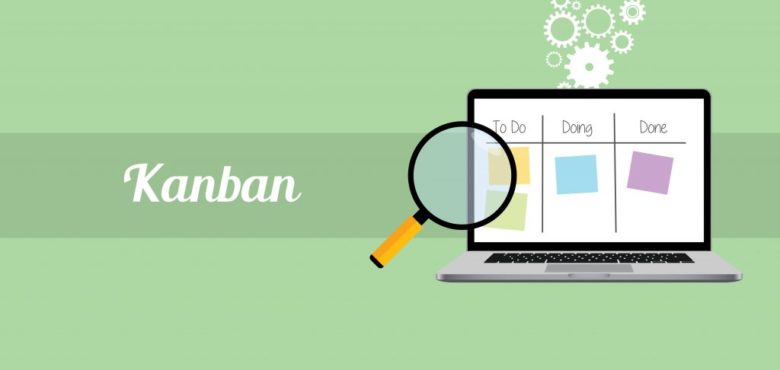Category:

- July 3, 2018
Why You Need to Use Kanban Boards for Business Growth
When companies are struggling with growth or they are trying to improve their internal productivity, it can be a bit of a dilemma when it comes to how to tackle this head on and understand the root causes of why they are not performing as expected. Some companies even employ external “experts” to come in and advise them. The identification of bottlenecks and taking action to deal with this, is important to improve productivity and growth within a company and this guide on the Kanban method will help you understand this a little better and consider implementation within your business.
What is Kanban?
The origins of Kanban came from Japan in the late 1940s in Toyota where they put focus on trying to meet customer demand based on their voice and not over process and have too much WIP or inventory. As with many of these types of concepts that have originated in Japan, they soon became global and even in today’s society, this concept continues to be popular and implemented more and more in business. It is interesting that the outcome of many DMAIC or improvement type projects that are being held in a company is to implement a Kanban system and sustain it.
Kanban concentrates on a pull system rather than push. The customer requirements are the voice of this process and this signal is then sent all the way down the value stream through every operation so that they can fully understand what is needed and by when and produce exactly the correct quantity of components for the customer and by when. This sounds a pretty simple concept however if your process is not particularly lean, the Kanban initiative will expose this and you will be required to take immediate corrective action in order for this to be effective.
How to Make Kanban Visual
One of the key things about the Kanban process is visual management. As technology changes there are many different types of ways to do this (including digitalisation) however even in this decade the most popular (and probably effective) way to do this is via a Kanban board. This Kanban method would generally have the boards placed in key areas in the business where the stakeholders to making this process successful would be able to view and update.
The details on the board would include things such as the operation or process number, the customer demand, the work in progress on the shop floor and the raw material stock / inventory. At a glance, any bottlenecks in your process will be seen. From a holistic view, the individual process therefore doesn’t become as important as the effectiveness of the full value stream and this bottleneck therefore needs to be addressed. GeGenerally,his can be via several methods including, increased capacity, operational improvements, reduced inspection etc. If the bottleneck continues to exist and there is not much you can do internally to address this then the options of offloading elements of this operations to an external company should be considered.
The Kanban boards are generally ticket style boards and rely on the employees to move the tickets on the board depending on the progress of the component in the value stream. If this is not kept up to date then there is great risk that the full initiative will fail.
Engaging Stakeholders
Introducing a Kanban method can face some local resistance to change. This is especially evident in plants or factories where they are not operating lean manufacturing improvements and the employees have been operating in a certain way for many years. This is where the influencing and coaching comes in. The success of this overall initiative will only become apparent if all employees are engaged and commit to updating the boards and operating in a different mindset where you only work on parts of the operations where there is actually a customer demand and signal has been sent.
Generally, companies would take the team through this initiative via meetings expanding to them what the potential benefit to the company is but also what the consequences are of not all team members buying into this and updating boards etc.
Tangible Results
With so many business’s still operating in this way and this initiative continuing to grow then there must be good reasons for this. Companies are changing their mindset and understand that being lean and competitive is the only way to grow as their competition will be doing so. Kanban has been particularly successful in manufacturing environments and in the UK you will see companies with in the automotive such as Jaguar and aerospace such as Rolls-Royce implement this initiative in their factories. Their determination to continue with this initiative across the globe is a sign that they are seeing the fruits and benefits of it.

